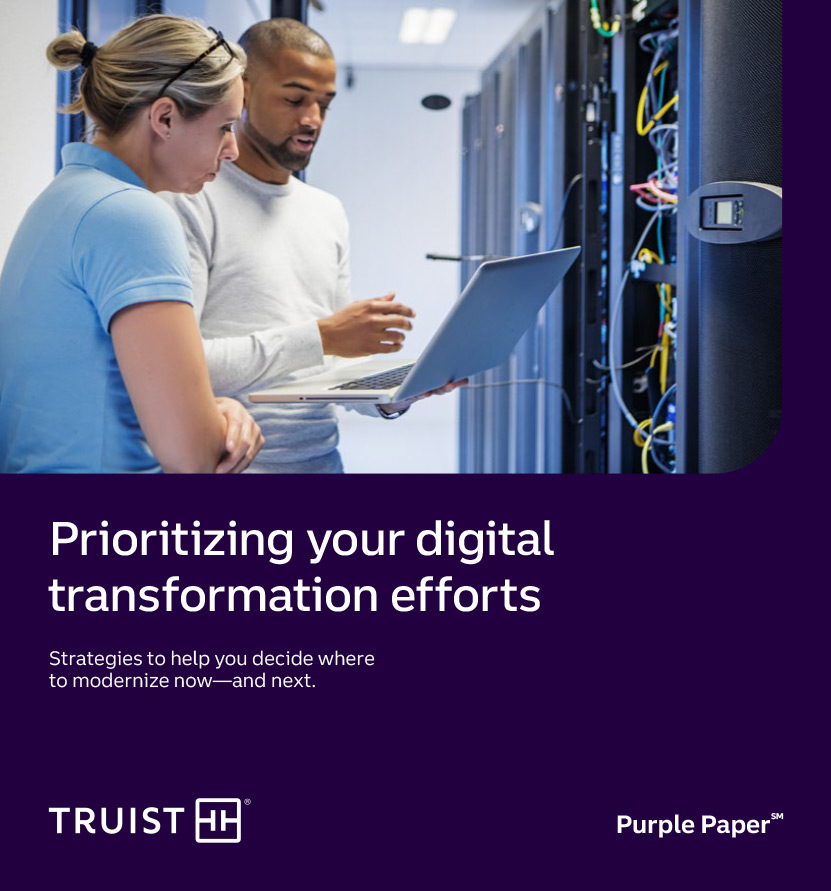Business owners should never underestimate the power of simply reaching out to their customers for feedback. Thoughtful touch points such as checking in post-purchase, sending a how-to video, or asking your customers to write a review are genuine and effective methods of both gathering feedback and building affinity.
Responding quickly to customer concerns is also associated with increased retention and loyalty. Companies that offer an enhanced customer service model drive more than triple the revenue growth of those that view customer service as a cost center.6 Negative experiences with companies, on the other hand, put $846 billion in sales per year at risk.7
Customer experience and the ability to respond to challenges can be increased through digital tools. For instance, AI chatbots can bring technology and the idea of human interaction together and make the customer service experience more convenient and quicker. Even less expensive solutions can have results. Chewy, an online pet supply retailer, has made a name for itself in the marketplace with handwritten notes and even pet portraits as a way of showing they care about their customers.8
A Truist relationship manager can explore the cost of various solutions designed to improve customer experience and help you determine where capital could be deployed to provide the best return on your investment.






